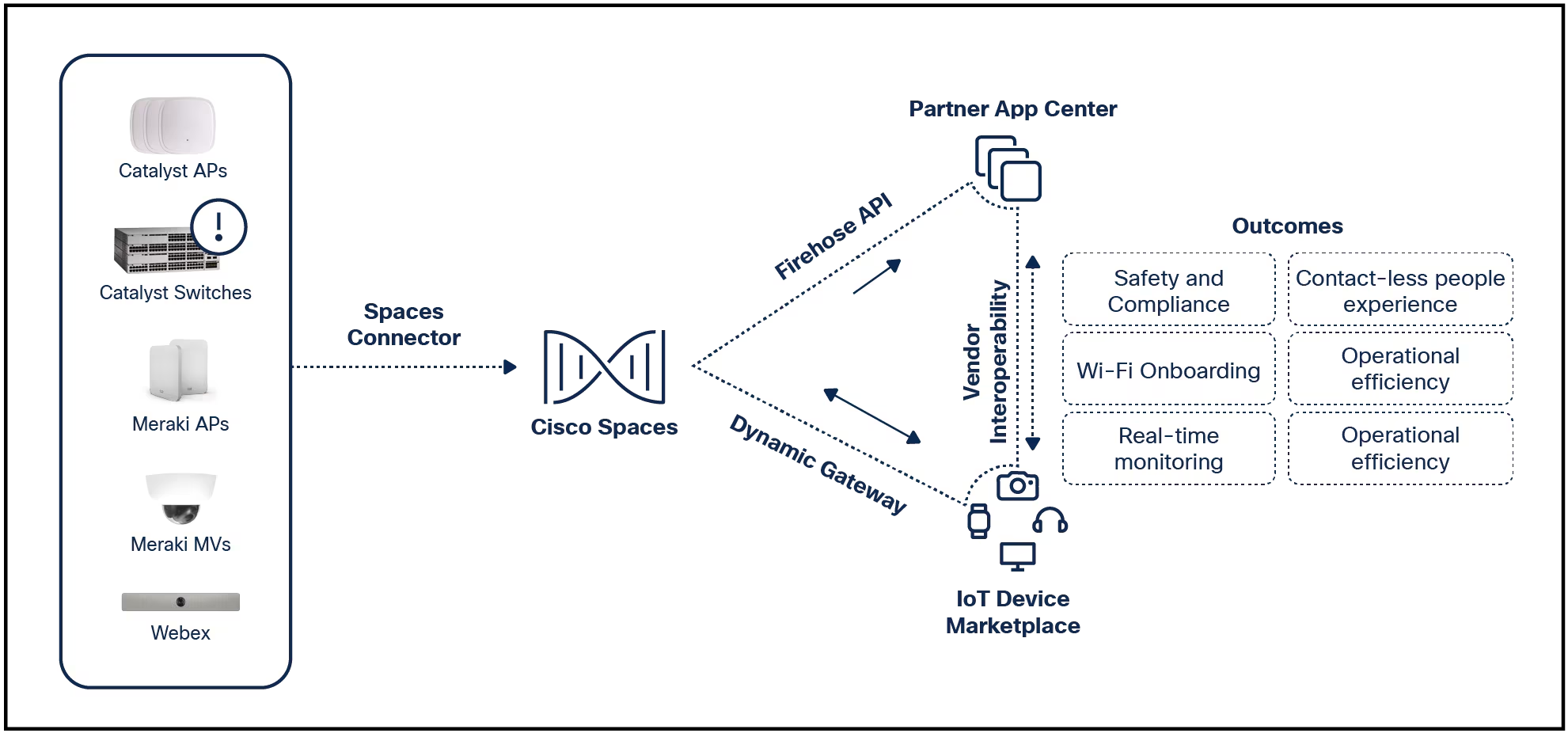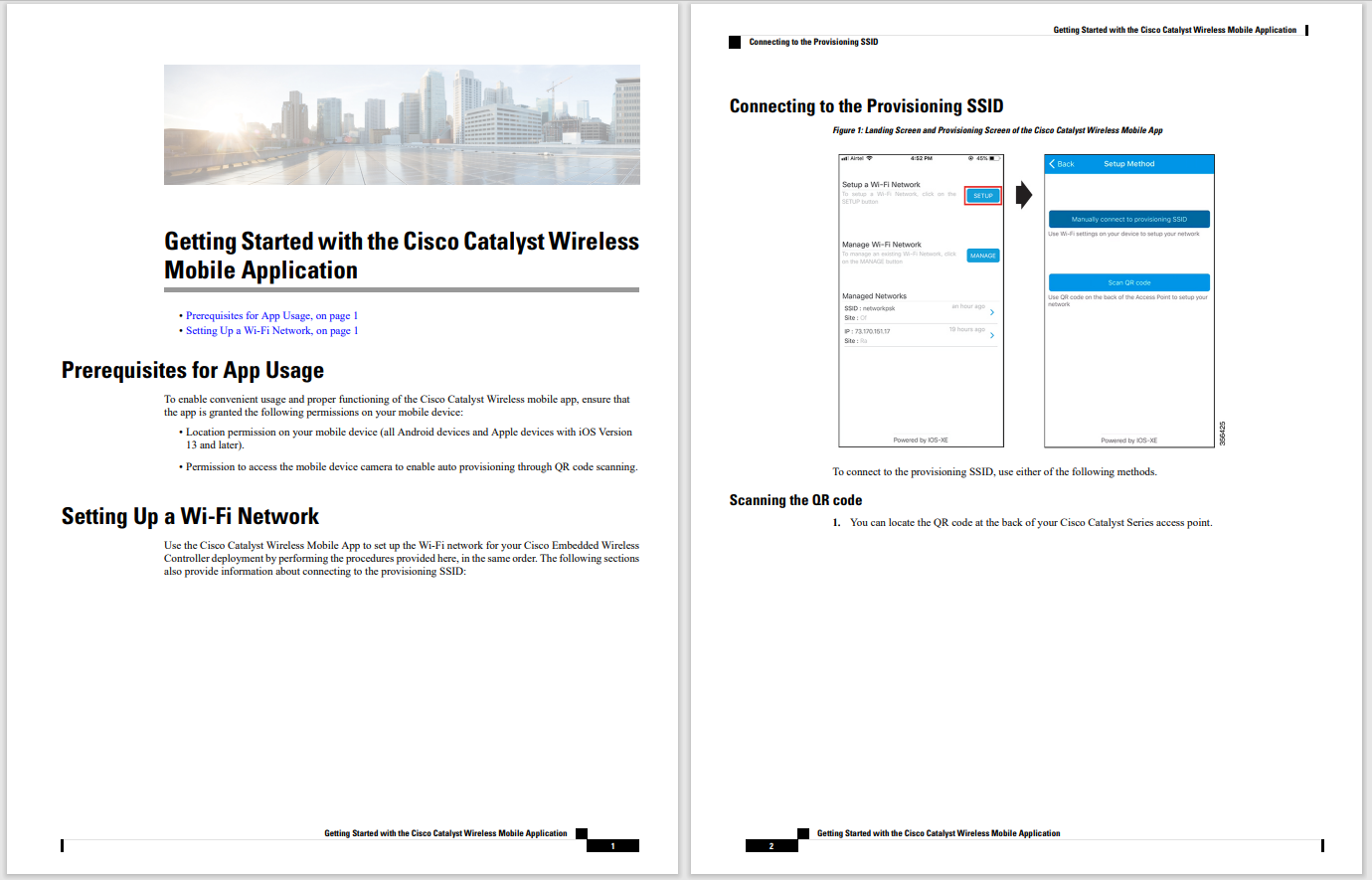































 Image: Shutterstock/Marjan Apostolovic
Image: Shutterstock/Marjan Apostolovic Quiet quitting has been joined by 'quiet firing' as a new term for passive-aggressive conflicts playing out in the workplace.
Quiet quitting is a newly-coined term that refers to employees who work-to-rule and avoid the concept of going above and beyond. In some cases, it's seen as a rejection of hustle culture and a way for employees to create boundaries between their work and personal lives.
'Quiet firing', meanwhile, is when managers intentionally distance their employees from opportunities to further their career: for example, by obstructing them from participating in special projects, or hindering their chances of a promotion or a raise. Quiet firing employees might be viewed as a response to employees quiet quitting their jobs, while employees might quiet quit as a result of suspecting their boss is trying to 'quiet fire' them. These actions serve as an endless, tiring, and unproductive feedback loop.
A viral TikTok video illustrated an example of quiet firing; managers who assign menial tasks, have unrealistic expectations for employees, and consistently deny time off are guilty of quiet firing.
But what's making managers act this way to their employees? According to Annie Rosencrans, director of people and culture at HiBob, managers who quiet fire employees do so for a few reasons.
"It depends on the intentions of the manager," Rosencrans says. "If a manager doesn't think a person on their team is successful, rather than tell them, they create distance and disengage from the employee out of hopes that person will disengage and leave on their own."
SEE: 'Quiet quitting' has nothing to do with lazy employees. It's about rejecting broken work culture
Managers who lack confidence in their leadership skills might be more likely to quiet fire employees. Instead of taking the time to sit down and tactfully guide an employee through their shortcomings, managers who quiet fire will disengage entirely and hope the employee will leave on their own accord.
Busy or overworked managers might not have the time, patience, or emotional capacity to have hard conversations with their employees about their job performance, says Rosencrans. But there is a way for managers to approach feedback more tactfully so that such conversations can be avoided and employees can continue to improve and grow.
Rosencrans suggests companies integrate progressive feedback into their company culture to help employees understand the gaps in their work performance. These meetings should be frequent to help employees better understand what they need to work on and steps they can take to meet their expectations. Managers can also use the conversations to understand where their employee needs more support or guidance.
By giving employees valuable feedback, managers are tackling the problem head-on instead of avoiding the conversation and waiting for an employee to make a move that justifies their exit, says Rosencrans.
SEE: The Great Resignation continues. There's an obvious fix, but many bosses aren't interested
Companies may find it useful to enroll managers in feedback training to help them recognize their employees' behavior at work and help them identify when they are disengaging or falling behind.
Feedback is particularly vital to supporting employees in a hybrid or remote environment engaged and motivated. Limited face-to-face interactions between employees and managers can leave room for employees to slip through the cracks and become less involved in their work.
Rosencrans says that managers who do not meet with their direct reports regularly are ultimately responsible for employees feeling left in the dark about their responsibilities, performance and job security. Setting goals for employees, creating improvement plans, and regular check-ins can decrease the likelihood of both quiet quitting and quiet firing behaviors, according to Rosencrans.
The consequences of quiet quitting and quiet firing impact both employees and employers. If they're not addressed, we can only expect interactions within the workplace to become less direct, and more damaging.
 Hot Tags :
Education
Professional Development
Hot Tags :
Education
Professional Development